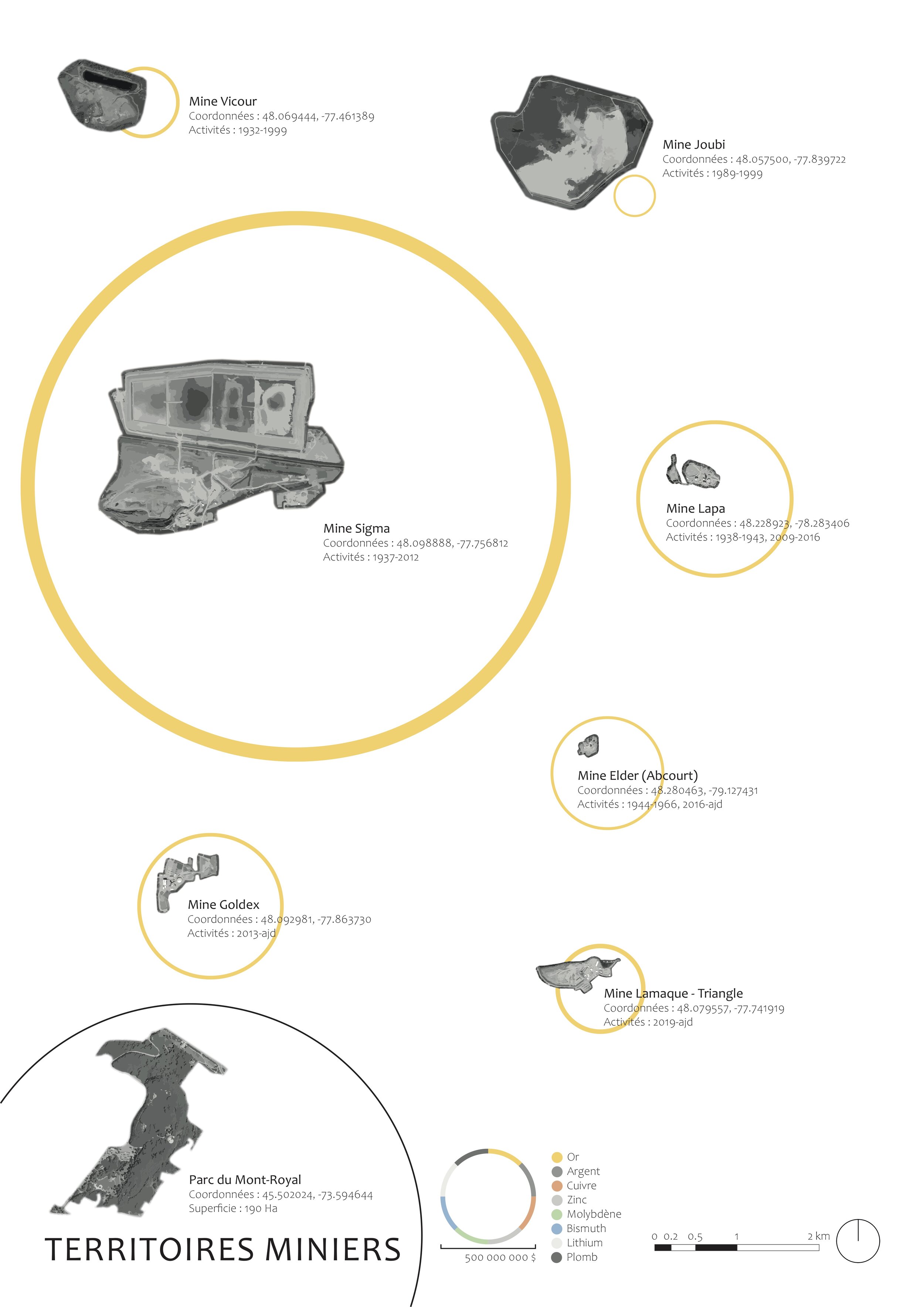FOR AN ARCHAEOLOGY OF POST-MINING TERRITORIES
baptiste kauffmannIn a recent article on the necessity of ruins, the French historian and archaeologist Alain Schnapp stated that archaeology had to confront and engage ruins and all the other sorts of traces successive civilizations and cultures left through time. For Schnapp, since the birth of what he termed antiquarianism (the love of antiquities), the preservation of relics of the past has become both a moral and scientific imperative; a new and urgent expansion of the task of history, therein understood as the discipline through which a society takes account of its past.
In Abitibi-Témiscamingue, an area targeted by an intense and prolonged regime of extractivism and still to this day approached as a "resource region", numerous traces of past human activity remain. In various stages of decay, contaminated and polluted mining sites, among other instances of these vestiges, have only recently been targeted by coordinated reclamation efforts.
From abandoned scraps and infrastructures to hollowed-out mining pits, the relics of the mining industry tell a specific story, a moment in the industrial life of this territory, as well as the consequences of inconsiderate human actions.
The project aims for an architectural infrastructure, both physical and virtual, thought out at a territorial scale and with the goal of promoting new archaeological and touristic practices which would allow, in keeping with Schnapp’s call, for a more adequate commemoration and contemplation of our post-industrial ruins.





